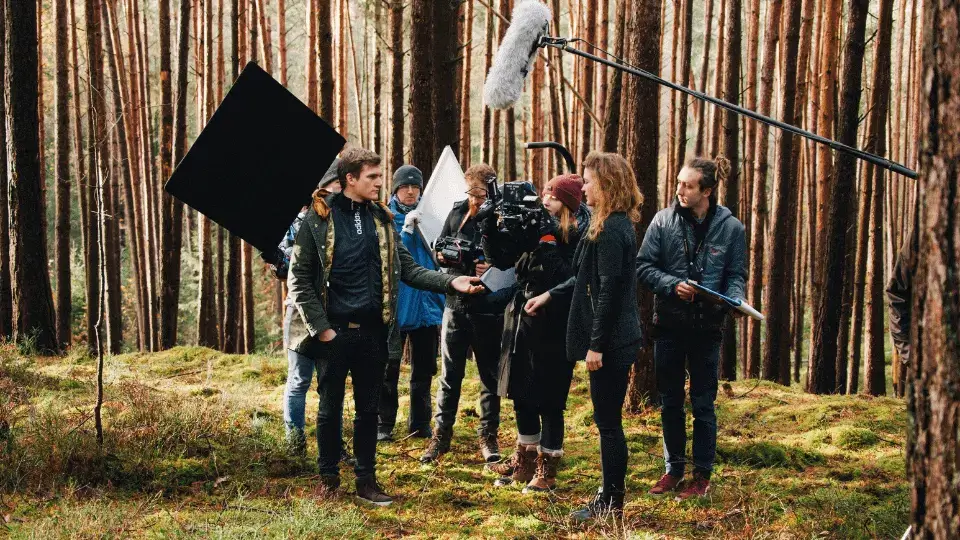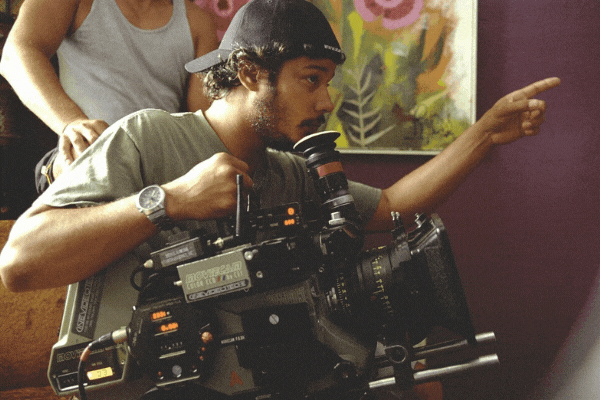How to Become a Successful Key Grip: Essential Tips and Strategies
Learn how to become a successful key grip in the film industry with essential tips and strategies. Discover the role of a key grip, develop technical skills, build a strong network, and prioritize safety on film sets. Maximize your chances of success in this exciting industry.










